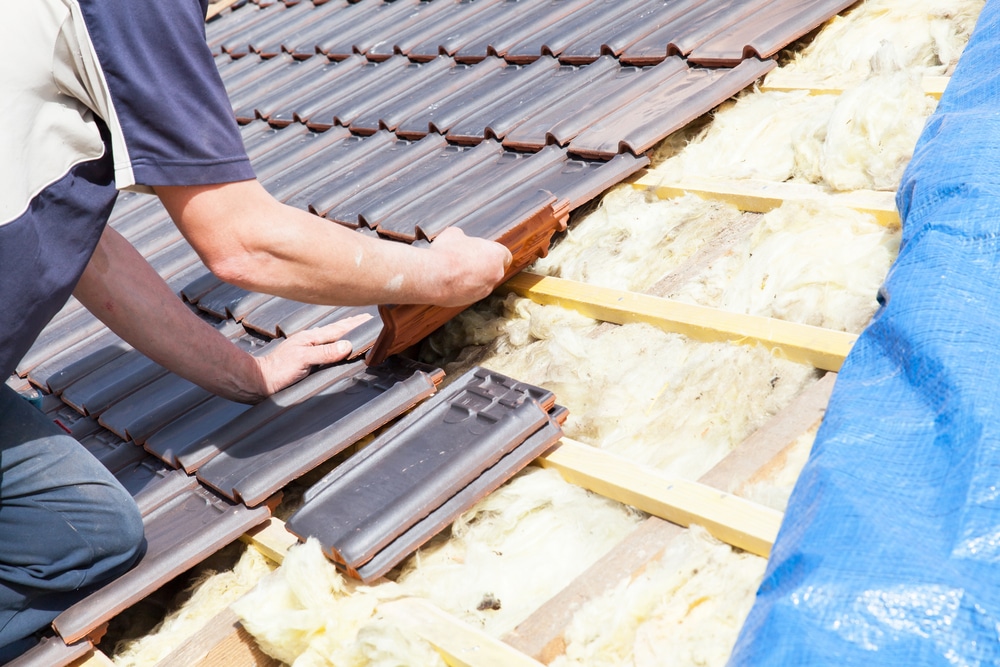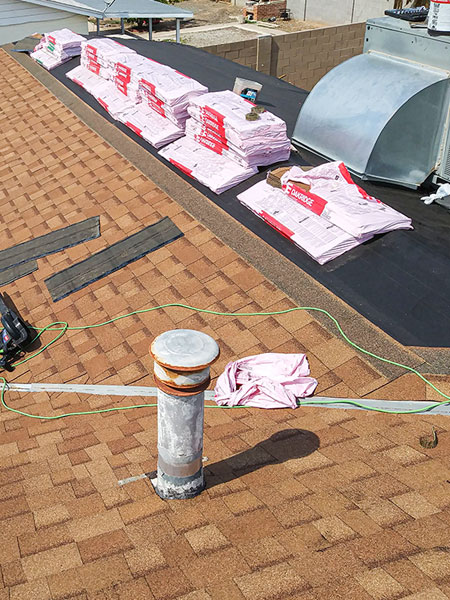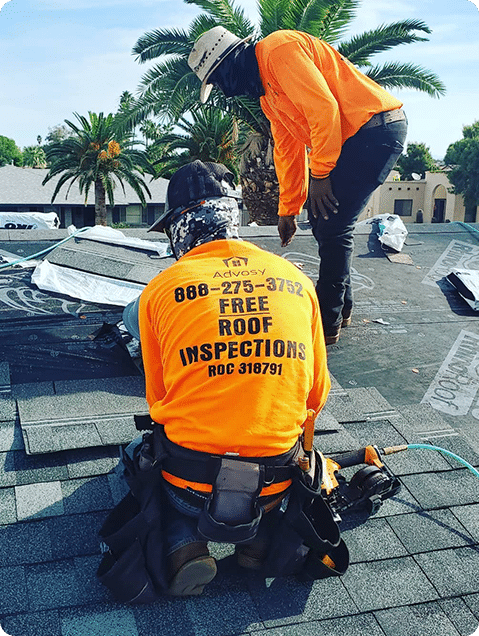Maintaining the roof of a home is one of the most important responsibilities for any homeowner. The decision to repair or replace an aging roof can have far-reaching implications and should be made with careful consideration.
This article will offer an in-depth look at both repairing and replacing roofs, examining the pros and cons of each approach. It is designed to provide readers with all the necessary information so that they can make the best choice according to their individual needs.
Whether the goal is long-term durability or short-term convenience, this article offers insight into which option would work better for any given scenario.
Cost Analysis
The cost of repairing or replacing a roof is one of the most important considerations when deciding which route to take.
Whether you choose to repair or replace your roof, it is important that you understand all of the associated costs.
In terms of repairs and replacements, there are several factors that can influence the overall cost including type of materials used, size and complexity of the roof, geographic location of the property and labor costs.
When looking at repairs versus replacement, replacing a roof may initially seem like an expensive option compared to making minor repairs.
However, in many cases a full-scale replacement is often more economical in the long run since small leaks can quickly lead to bigger problems if not addressed properly.
Additionally, depending on how old your current roof is, opting for a complete replacement may be necessary as older roofs generally require more frequent maintenance and repair work.
On the other hand, choosing to make smaller repairs might be suitable for newer roofs as these typically require less attention over time.

Considerations For Different Types Of Roofs
Cost analysis is an important factor to consider when deciding whether to repair or replace your roof. However, it is not the only consideration.
Different types of roofs have different needs and considerations that must be taken into account before making a decision.
When considering if you should repair or replace your shingle roof, there are several factors that need to be looked at such as the age of the existing shingles, how many layers of shingles already exist on the roof, the condition of flashing around vents and chimneys and other areas where water could penetrate. If most of these items check out in good shape then a simple repair may suffice; however if any one of these checks out with major issues then replacing the entire roof would be recommended.
On the other hand metal roofs require different considerations for repairs versus replacements than what applies for shingle roofs. When looking at metal roofs, inspect for standing seam panels which can indicate corrosion from weather elements over time. Examine screws and fasteners that attach panels together since they often rust quickly due to their steel construction materials used in them. Also look for signs of chalking or fading paint colors which can weaken a metal panel’s surface protection barrier against environmental elements like sun exposure and rainwater pooling up on top surfaces during storms.
Depending on what your inspection reveals will determine whether you should make basic patch repairs or fully replace all existing panels with new ones altogether.
Potential Damage And Structural Integrity
The decision to repair or replace a roof is an important one and should be made with careful consideration of potential damage and structural integrity. With a properly maintained roof, it can last for decades; however, when left unchecked the effects could be catastrophic on both your wallet and property value.
When weighing up the options of repairing versus replacing a roof there are certain factors that must be taken into account. Firstly, if the existing structure of your home has been weakened through water damage from a leaky roof then repairs may not always be enough to restore its stability – in this case replacement may be necessary.
Secondly, assessing the cost involved in maintaining or replacing your roof will depend upon various elements such as materials used and scope of work needed. Furthermore, depending on where you live additional regulations may require you to install specific types of material which need to comply with local building codes.
Considering these points carefully while making decisions regarding whether or not to repair or replace your roof can help ensure that any costs associated with either option remain minimal whilst avoiding unnecessary damage to your home’s structure and long-term security.
Benefits Of Repairing
One of the primary benefits to repairing a roof rather than replacing it is cost-saving. Repairs are typically much cheaper than full replacements and can be done in a fraction of the time. This means that homeowners don’t have to wait long for repairs nor do they have to break their budget when doing so.
Another benefit to consider is environmental impact. Since repairs use existing materials and require less labor, there is often less waste involved. The fewer resources required also mean that homeowners can rest easy knowing that their roofs were repaired with minimal disruption or damage caused to the environment. Furthermore, this reduces the amount of landfill waste created by discarded old material from being replaced unnecessarily.
Benefits Of Replacing
The decision to replace a roof is an important one which can have long-term consequences. While there are certain benefits when it comes to replacing a roof, such as improved energy efficiency and aesthetic appeal, these must be weighed against the cost of replacement and any potential disruption during installation.
Replacing a roof may provide more peace of mind than repairing due to being able to start with brand new materials that carry warranties for protection in case of future damage or defects.
Additionally, depending on the age of existing construction and local building codes, some repairs may not even be possible without making substantial changes that necessitate replacing the entire system.
Modern materials may also offer superior performance characteristics compared to older installations while allowing homeowners to customize their choice of materials based on desired color palettes or other preferences.
Long-Term Investment
Repairing or replacing a roof has both advantages and drawbacks. For one, investing in the repair of an existing roof may be more cost-effective than having to purchase and install new materials. Additionally, it is possible that any damage can be easily rectified with minimal disruption to the structure itself.
On the other hand, there are situations where replacement is necessary due to significant wear or age of the material. In these cases, spending additional money upfront for a long-term investment could result in greater savings over time as well as improved protection from outside elements such as water and wind. Furthermore, depending on circumstances, newer roofs are often eligible for tax credits or rebates which can provide further financial incentives for choosing replacement over repair.

Environmental Impact
The long-term investment of repairing a roof can be beneficial both economically and ecologically. However, replacing the roof may also have its advantages in certain situations. It is important to consider the environmental impact of each option when weighing the pros and cons.
When it comes to repairs, homeowners should make sure that all materials used are certified for sustainability by organizations such as Greenguard or LEED (Leadership in Energy and Environmental Design). This ensures that the repair job uses recycled materials which reduce waste and pollution associated with manufacturing new products from scratch.
Additionally, making use of existing resources helps save energy since fewer raw materials need to be processed at factories. On top of this, eco-friendly roofs can help improve air quality and provide savings on electricity bills due to their improved insulation properties over conventional roofing materials.
On the other hand, replacing an entire roof has its own set of benefits too. Installing a modern roof system will add value to your home while providing superior protection against weather elements like rain, wind, snow, ice etc., thus extending its lifespan significantly compared to what would have been possible with just a few repairs here and there.
In addition, newer types of roofs are designed with features such as better ventilation systems which further increases energy efficiency through proper attic airflow management – something that cannot always be achieved with simple patchwork jobs on older roofs.
Conclusion
When considering repairing vs. replacing a roof, cost analysis is key.
The type of roof, potential damage and structural integrity should be taken into account to determine what option will best suit one’s needs.
Repairing offers benefits such as quick fix solutions and immediate protection against the elements while replacing can provide long-term investments in terms of energy efficiency or improved aesthetics.
It is important to consider environmental impacts when making this decision.
Ultimately, thorough consideration of all factors must be factored in when determining which course of action is most appropriate for any given situation.
Careful deliberation between repair and replacement options can ensure that an optimal solution is achieved which meets both individual requirements and budget constraints.


